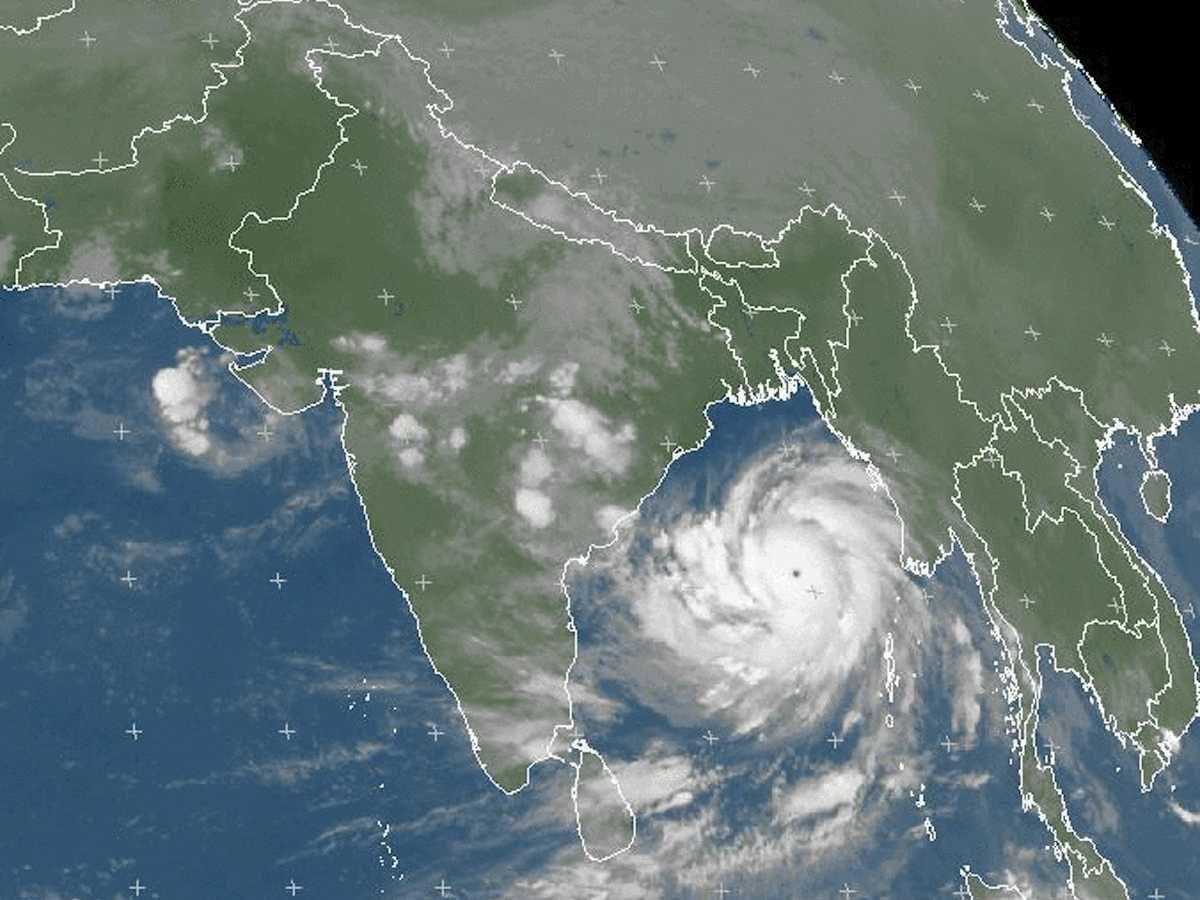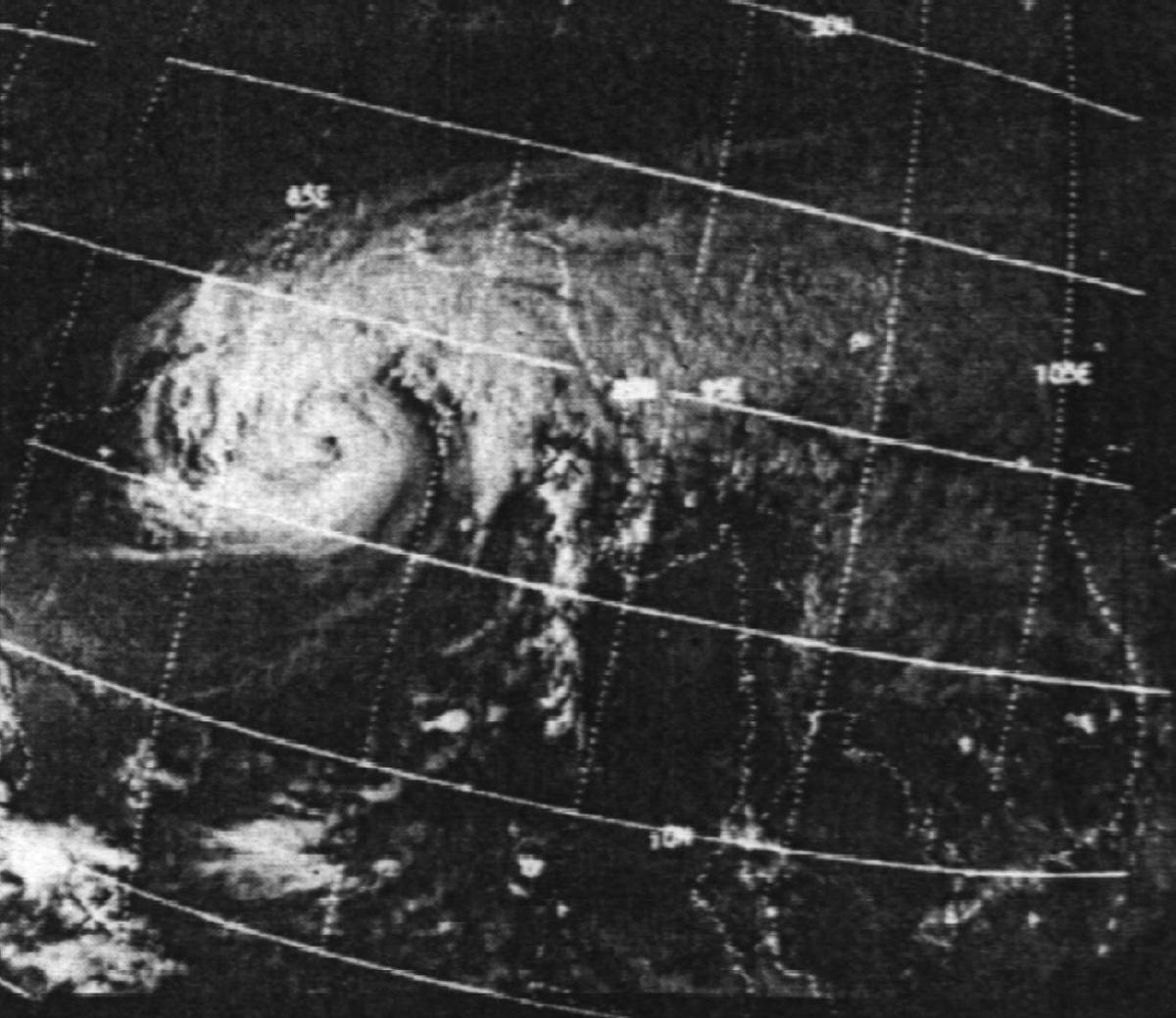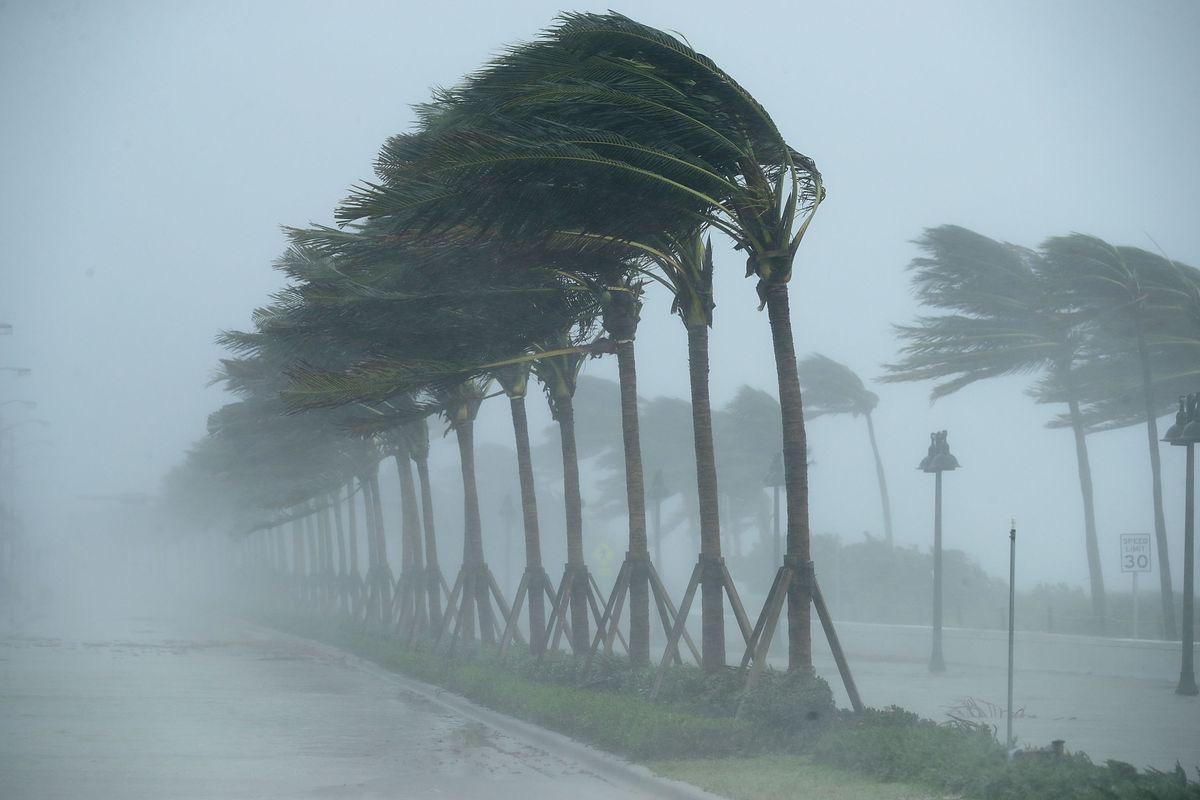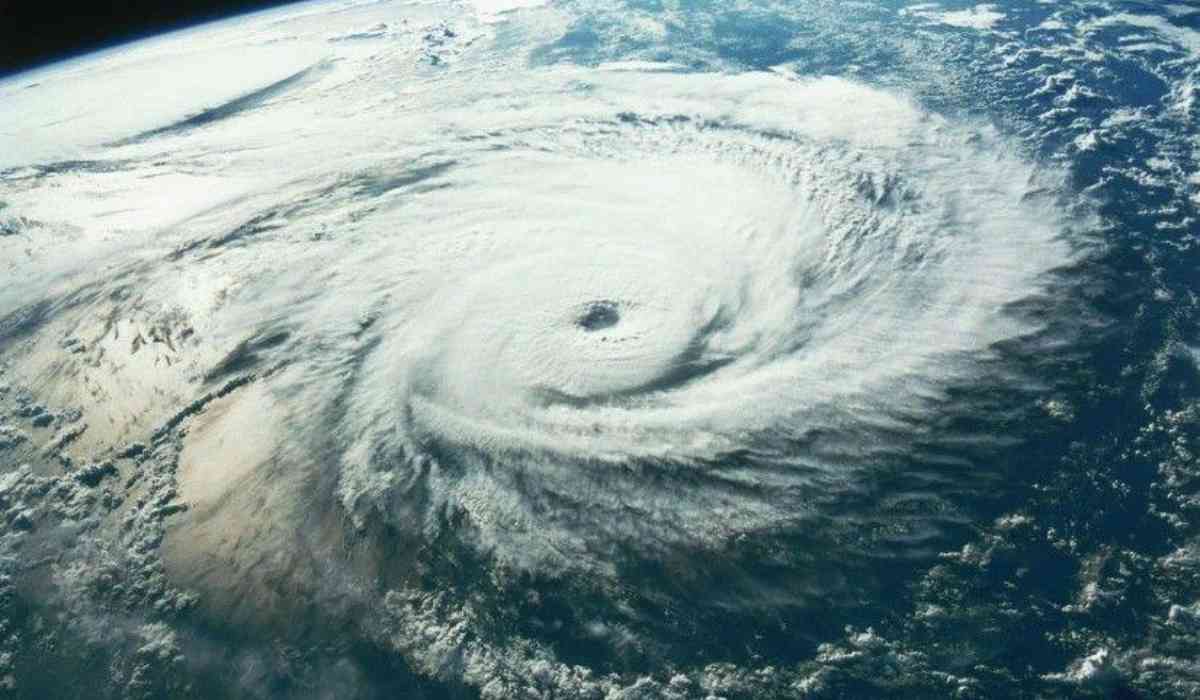A powerful cyclonic storm ‘Remal’ is expected to hit the coasts of West Bengal and Bangladesh by Sunday night, May 26.
A low-pressure system over the Bay of Bengal is currently developing off the coast of Tamil Nadu, and it will strengthen into a depression by Friday morning and a cyclonic storm by Saturday, according to the India Meteorological Department (IMD).
The wind speeds of up to 102 km/h are predicted to reach their peak by the time it reaches the coast i.e. by Sunday. The development of Cyclone Remal could affect when the monsoon season begins and how far it goes, it could cause monsoon advancement to be delayed in some areas.
IMD issues Warning
- Warning for heavy rainfall on May 26–27 in the coastal districts of West Bengal, north Odisha, Mizoram, Tripura, and south Manipur.
- Fishermen are urged to stay away from the coast and out of the Bay of Bengal until at least May 27.
- It is suggested to keep track of the most recent weather advisories, securing loose outdoor items, and making sure that fishing and maritime activities are halted.
A cyclone is likely to develop in the Bay of Bengal in the coming days and approach the coasts of Bangladesh and West Bengal, India.
If it is named, the system currently tagged as Invest #99B will be called #CycloneRemal 🌀 pic.twitter.com/Olp9aHroIg — Zoom Earth (@zoom_earth) May 23, 2024
Why are Cyclones So Common in the Bay of Bengal?
Bay of Bengal is a ‘Hotspot’ for cyclones. If we see year wise, on an average 5-6 cyclones form in the Bay of Bengal, among which 2-3 can be deadly. Cyclones in the Bay of Bengal are deadlier and stronger than those in the Arabian Sea, with roughly 58% of them making landfall. There is a roughly 4:1 ratio of cyclone frequency in the Bay of Bengal compared to the Arabian Sea.
But the question is, Why are there so many cyclones in the Bay of Bengal ? High air moisture content in the Bay of Bengal, low vertical shear winds, and high sea surface temperatures are the reasons. Let’s understand them in detail.
1. More shallow: The Bay of Bengal is shallow which allows for more heat transfer from the water to the air. This increases the potential for moisture and instability, both of which are essential for cyclone formation.
2. Geometry: Another reason for the high number of cyclones in the Bay of Bengal is its geometry. The long, curved coastline of the Bay of Bengal funnels wind speeds into the bay, amplifying them and increasing the destructive potential of cyclones formed in the region.
3. Surface Area is Larger : The Bay of Bengal, located in the northeastern Indian Ocean, is known for its tropical cyclones, heavy rains, and strong winds. Its wide, shallow expanse heats up quickly, creating ideal conditions for storm formation. The larger surface area of the Bay of Bengal also facilitates faster heating and higher evaporation, creating a high-pressure zone that further contributes to the region's susceptibility to cyclones.

4. Land on three sides: The Bay of Bengal is surrounded by land on three sides, which provides additional moisture and instability necessary for cyclone formation. The low-lying coastal regions often get inundated when storms make landfall, increasing the damage. Tropical cyclones, which typically bring heavy rains, strong winds, and storm surges, are thus not a rare spectacle here.
5. Long Monsoons: The Bay of Bengal has a higher frequency of cyclones during its monsoon season, which runs from June to September. Storm surges, powerful winds, and heavy rains force people to become more prepared. Unlike the Arabian Sea, where stronger winds and better mixing prevent cyclone formation, the continuous freshwater inflow from rivers like the Ganges and Brahmaputra maintains surface water, creating ideal conditions for cyclone formation.
List of ‘Deadly’ cyclones in the Bay of Bengal:
1. Great Bhola Cyclone (1970): The deadliest cyclone on record, striking Bangladesh and causing an estimated 300,000 to 500,000 deaths due to massive storm surges and flooding.

2. Backerganj Cyclone (1876): This cyclone hit what is now Barishal, Bangladesh, resulting in approximately 200,000 deaths due to massive flooding.
3. Odisha Cyclone (1999): Also known as the 1999 Odisha Super Cyclone, it struck India's Odisha state with winds reaching up to 260 km/h, causing around 9,658 deaths and extensive damage estimated at $2.5 billion, with storm surges reaching up to 8 metres.
4. Cyclone Nargis (2008): It devastated Myanmar, particularly the Irrawaddy Delta and caused more than 130,000 deaths.
5. Cyclone Amphan (2020): Though not as deadly, Cyclone Amphan was one of the most powerful storms in recent history, causing extensive damage in India and Bangladesh and highlighting the increasing intensity of cyclones in the Bay of Bengal driven by rising sea surface temperatures.

End note
Because of its distinct geography and weather patterns, the Bay of Bengal is especially vulnerable to the formation and effects of cyclones. The cyclones can cause extensive damage and disruption, posing serious risks to coastal areas. So, everyone should keep an eye on weather forecasts, prepare emergency kits, seek shelter in sturdy buildings, avoid coastal areas vulnerable to storm surges, and evacuate if necessary in order to protect themselves from cyclones.
Ⓒ Copyright 2024. All Rights Reserved Powered by Vygr Media.




















